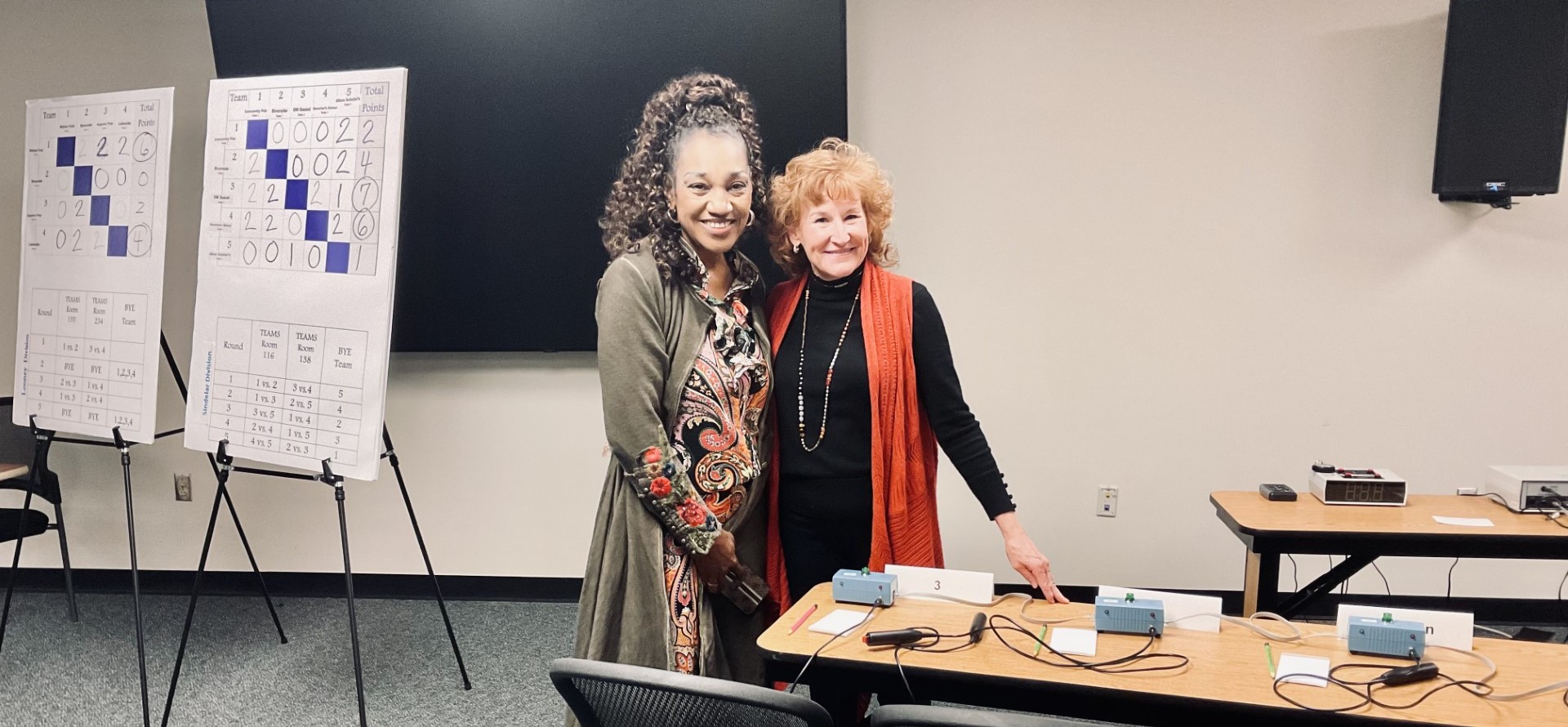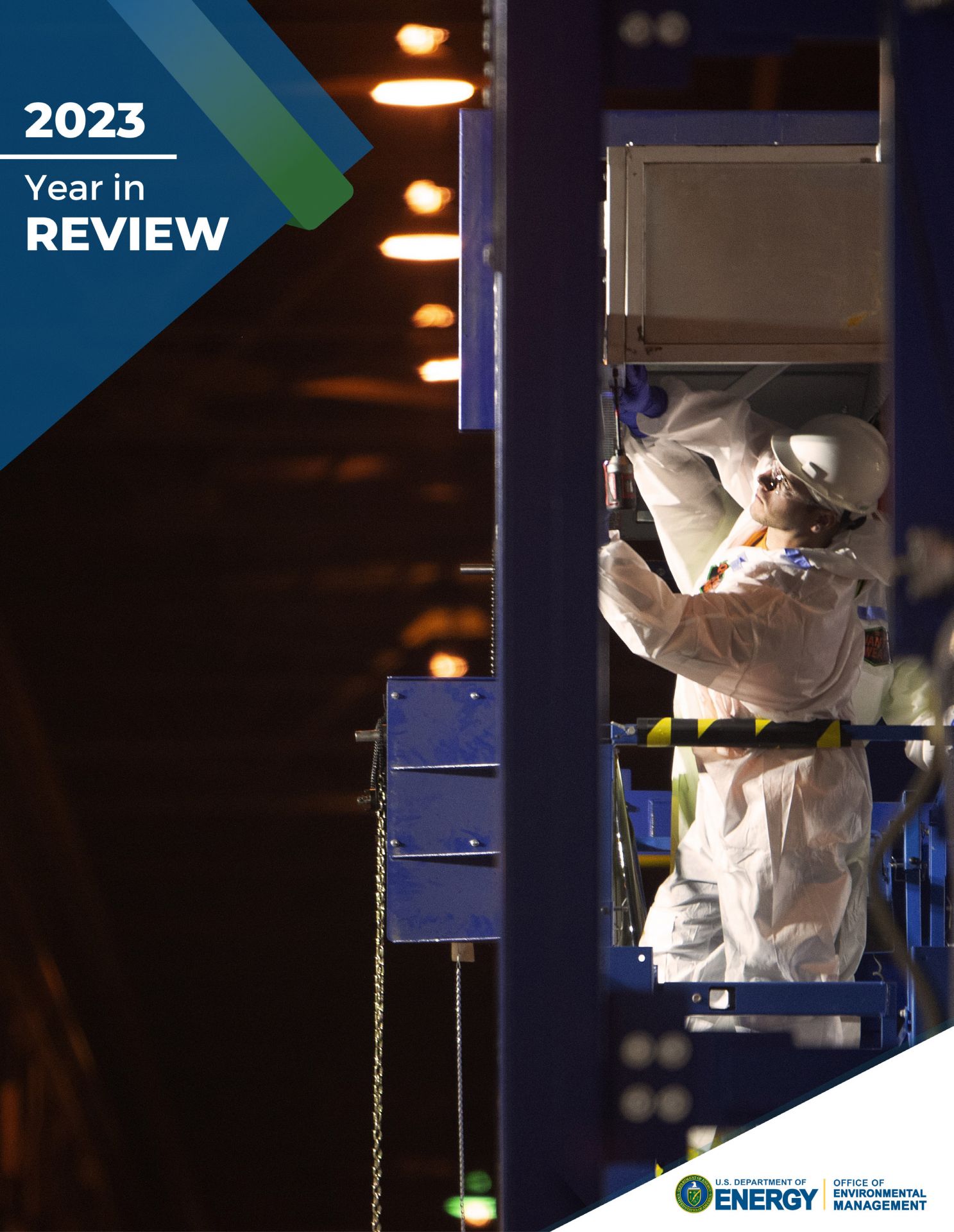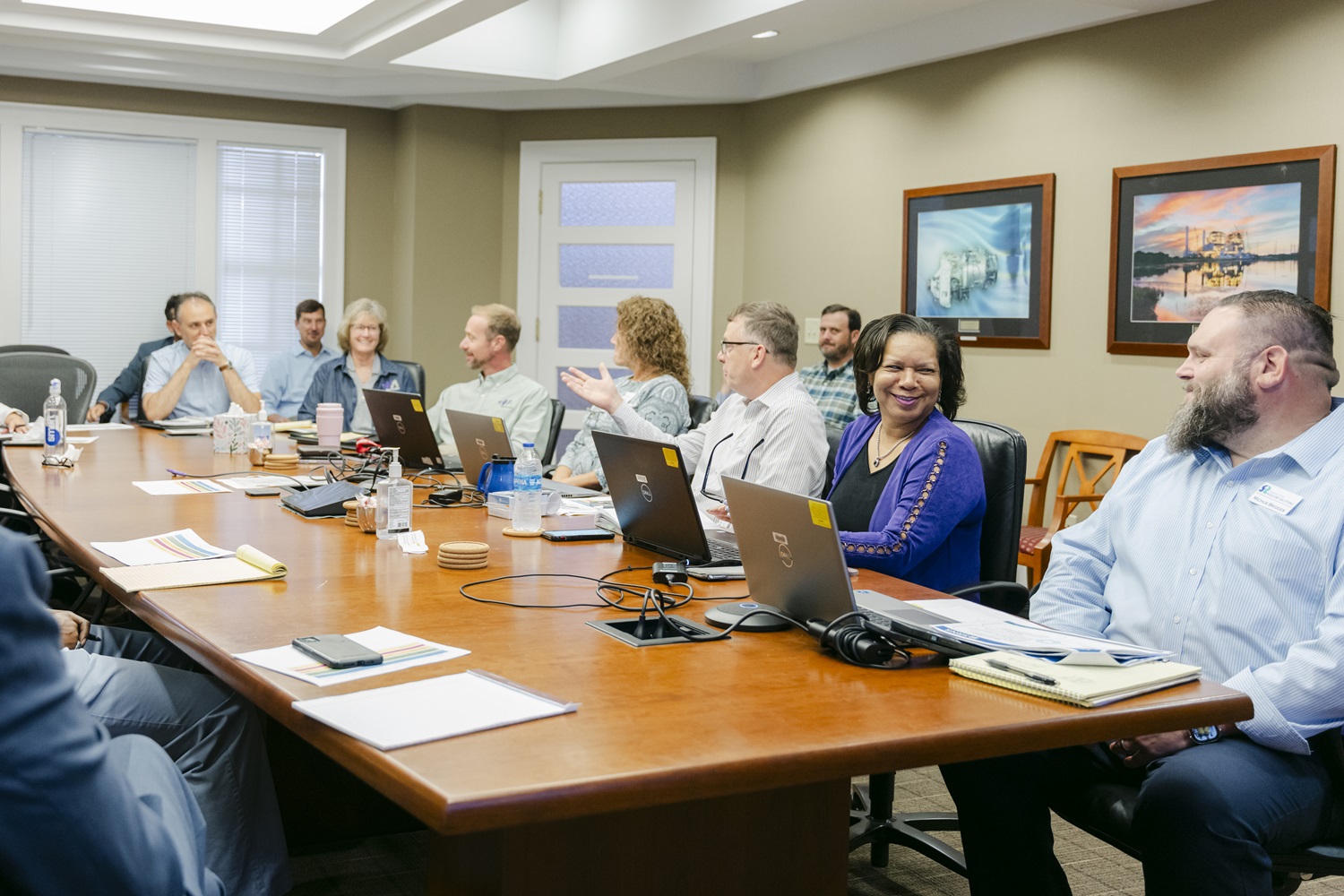SRS offers “School of Hazards” education

A new program at the Savannah River Site is educating workers on everyday workplace hazards through a new hands-on, peer-led mobile field course.

A message from Electrical Builders, Ind.
America’s Top Performing Nuclear Plants Rely on Electrical Builders, Industries to Expand and Extend the Life of Their Critical Electrical Assets

A new program at the Savannah River Site is educating workers on everyday workplace hazards through a new hands-on, peer-led mobile field course.

Fifteen area high school students recently completed job shadow experiences with leaders, engineers, and education outreach personnel at the Department of Energy’s Savannah River Site in South Carolina, according to Savannah River Nuclear Solutions (SRNS).

A program manager from the Waste Isolation Pilot Plant recently visited the Savannah River Site to benchmark an education outreach program’s successful science, technology, engineering, and math (STEM) outreach initiatives, which have been in place with local schools since 2008.
The National Nuclear Security Administration has issued the fiscal year 2023 results of the performance of its managing and operating (M&O) partners in meeting the agency’s expectations.

The largest group of apprentices have started a journey to become production operators for the Savannah River Site’s liquid waste contractor.
The Department of Energy Office of Environmental Management’s liquid waste contractor at the Savannah River Site is giving nine college students the opportunity to jump-start their careers this year through a hybrid work program that allows them to finish their engineering or computer science studies while also interning at SRS.
 The Department of Energy, in its 2023 Year in Review released on December 20, noted that its cleanup program in 2023 had successes in treating liquid tank waste, carrying out deactivation and decommissioning, remediating groundwater and soil contamination, and reducing risk at its various sites across the nation.
The Department of Energy, in its 2023 Year in Review released on December 20, noted that its cleanup program in 2023 had successes in treating liquid tank waste, carrying out deactivation and decommissioning, remediating groundwater and soil contamination, and reducing risk at its various sites across the nation.
William “Ike” White, senior advisor in the DOE's Office of Environmental Management, said that the office “realized numerous accomplishments in 2023 that not only reduce risks but help position cleanup sites for the next phase of progress. In addition, our workforce’s efforts over the past year led to a cleaner environment while also boosting DOE’s national security missions, supporting scientific innovation, and enabling a better future.”

Savannah River Nuclear Solutions’ Supply Chain Management (SCM) team recently hosted its first staff augmentation summit to strengthen relationships with 25 staffing firms and provide upcoming process changes for fiscal year 2024.

Personnel from the Department of Energy’s Office of Environmental Management and the National Nuclear Security Administration recently gathered to discuss plans for the upcoming transfer of landlord responsibility for the Savannah River Site in South Carolina.

The Department of Energy’s Office of Environmental Management is responsible for roughly 90 million gallons of radioactive liquid waste at Idaho National Laboratory, the Hanford Site in Washington state, and the Savannah River Site in South Carolina. About 900,000 gallons of waste are stored at INL, 56 million gallons at Hanford, and roughly 36 million at SRS. A further 400,000 gallons of waste from various operations are being stored at the Oak Ridge Site in Tennessee.

Eight new hires from Savannah River Mission Completion (SRMC) are taking part in the new Liquid Waste Nuclear Operator apprenticeship class at Denmark Technical College in Denmark, S.C. The goal of the class is to prepare SRMC’s new employees for positions at the Department of Energy’s Savannah River Site, in South Carolina.

Researchers at Savannah River National Laboratory (SRNL), in concert with Lawrence Berkeley National Laboratory, Massachusetts Institute of Technology, Pacific Northwest National Laboratory, and Florida International University, are leading the Advanced Long-Term Environmental Monitoring Systems (ALTEMIS) project to move groundwater cleanup from a reactive process to a proactive process, while also reducing the cost of long-term monitoring and accelerating site closure.
The Department of Energy has released two additional requests for information related to its Cleanup to Clean Energy initiative, which aims to repurpose certain DOE-owned lands—portions of which were previously used during the nation’s nuclear weapons program—into sites for clean energy generation, including include solar, geothermal, wind, and nuclear electricity.

More than 3,000 employees with Department of Energy contractor Savannah River Mission Completion (SRMC) participated in a vision casting initiative, learning more about the past, present, and future of the Savannah River Site’s liquid waste mission.
The Department of Energy’s Savannah River Site in South Carolina will begin a leak tightness test on what it called “the fourth megavolume saltstone disposal unit (SDU)” at the site.

Three college interns from the Savannah River Site were the keynote speakers at a recent Up & Atom Breakfast hosted by Citizens for Nuclear Technology Awareness (CNTA). The breakfast was held at Newberry Hall in Aiken, S.C.
The Department of Energy is planning to ship contaminated process equipment from its Savannah River Site in South Carolina to Waste Control Specialists’ federal low-level radioactive waste facility in Andrews County, Texas.

A three-day Minority Serving Institutions Partnership Program (MSIPP) event, led by Savannah River National Laboratory researcher Simona Hunyadi Murph, was held recently at the South Carolina site, according to a release by the Department of Energy’s Office of Environmental Management (DOE-EM). The event included a collaborative workshop, job shadowing, and a tour of the laboratory and Savannah River Site field activities.

For almost four decades, the Department of Energy’s Savannah River Site in South Carolina and the Ruth Patrick Science Education Center at the University of South Carolina–Aiken (USC Aiken) have partnered to bring science, technology, engineering, and math (STEM) education to the area's kindergarten through 12th grade students.

Work crews at the Department of Energy’s Savannah River Site in South Carolina recently replaced a motor on a crane in the 70-year-old H Canyon Chemical Separations Facility. H Canyon is the only production-scale, radiologically shielded chemical separations plant in operation in the United States.